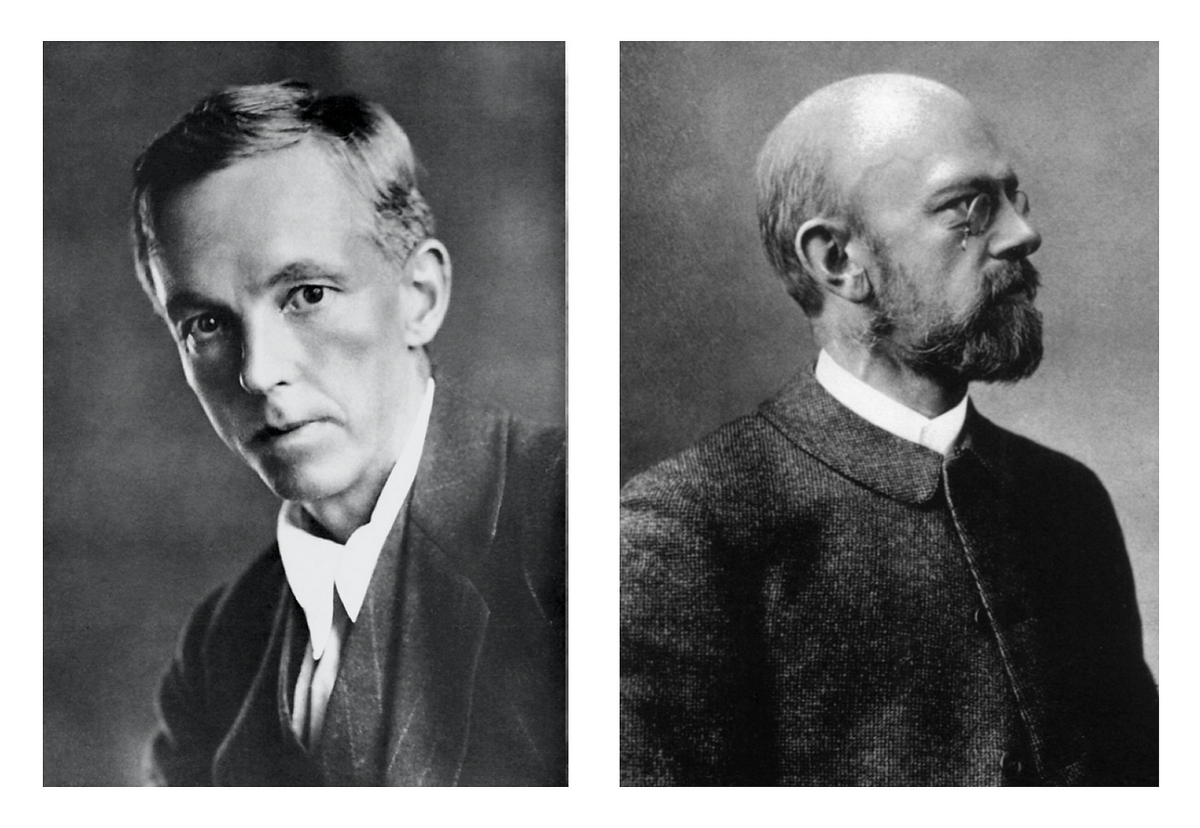The Hardy-Hilbert Space of the Unit Disc and Composition Operators
The Hardy space has three equivalent definitions. Each of them emphasizes a different aspect of the space and all three of these aspects…

The Hardy space has three equivalent definitions. Each of them emphasizes a different aspect of the space and all three of these aspects play a role in our discussion. But we will follow here the easiest approach so that the beginner can understand its logic thoroughly.
Let D be the open unit disc in the complex plane and T the unite circle in the complex plane. Then the Hardy-Hilbert space H²(D) is the set of all analytic functions whose Taylor coefficients are square summable. It is a Hilbert space which is isomorphic to the sequence space l², which is the space of all complex sequences which are square summable.

It can be seen as the closed subspace of the Lebesgue space L²(T) on the unite circle whose Fourier coefficients for negative indices vanishes. It is a reproducing kernel Hilbert space. The Hardy-Hilbert space is a reproducing kernel Hilbert space. It means that for every function in H²(D) there is a unique vector in H²(D) such that the value of the function at every point of D is equal to the inner product of that function and reproducing kernel. Its proper definition is given in the following;

In above definition if we replace X by D, then we get the standard Hardy-Hilbert space on the unit disc.
One thing is important to note that not all analytic functions are in H²(D). Let us take the example f(z)=1/1-z which is analytic on D, but does not belong to H²(D).
We introduce the class of composition operators, which are operators induced
by analytic functions mapping the unit disk into itself. We discuss some of the
main properties of such operators. For this topic we follow the book “An Introduction to Operators on the Hardy-Hilbert space”.

There are several points which are important about this operator. First of all is that one can check very easy that the composition operator is a linear operator. It is not obvious that the image of composition operator belong to H²(D). The product of two composition operators is again a composition operator. The following theorem verifies it;

We now state a result which show that the composition operator on H²(D) is a well defined bounded operator.

The following is an immediate corollary of the above theorem.

The theory of composition operators is also related to the concept of complex analysis. Here is the subordinate principal of complex analysis.

The following theorem called Littlewood’s Subordination Theorem which shows that the image of composition operator belong H²(D)=H².

Reproducing kernel as defined above provide information about composition operators. The following lemma shows that the adjoint of composition operator maps the set reproducing kernels onto reproducing kernels.

The following theorem provide an information about the lower and upper bound for the composition operators;

It is trivial that the norm of composition operator is 1 if and only if its symbol fix the origin.
Characterization of Composition Operators
Composition operators are characterized as those operators whose adjoints
map the set of reproducing kernels into itself.

There are other interesting characterizations of composition operators which are given in the following results.


An operator T on a Hilbert space is called normal if T*T=TT* where T* is called the adjoint of T.
There are very few normal composition operators which are characterize by its symbol.

There are a fair number of composition operators which are given below.

Invertibility of Composition Operators
We know that the conformal map of the unit disc D onto itself are the functions of the form

The following theorem provide necessary and sufficient condition for the invertibility of composition operators which is connected with the symbol of it.


Spectra of Composition Operator
Some information about spectra of composition operators is easily obtainable in the cases in which the inducing function has a fixed point.

Open Problem
What is the adjoint of the composition operator whose symbol is any analytic function mapping D onto D?





